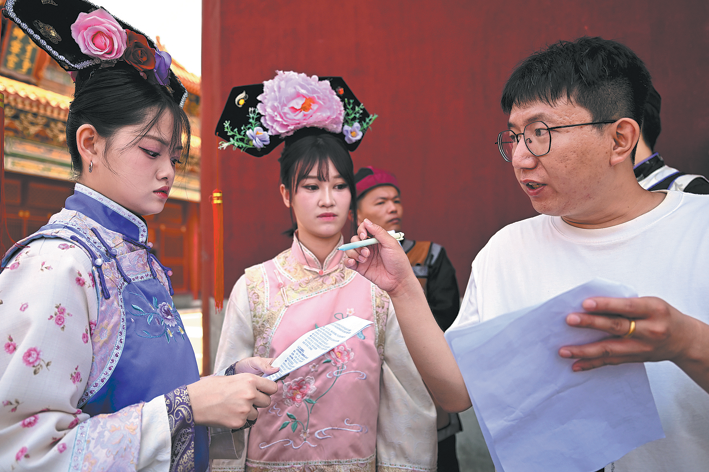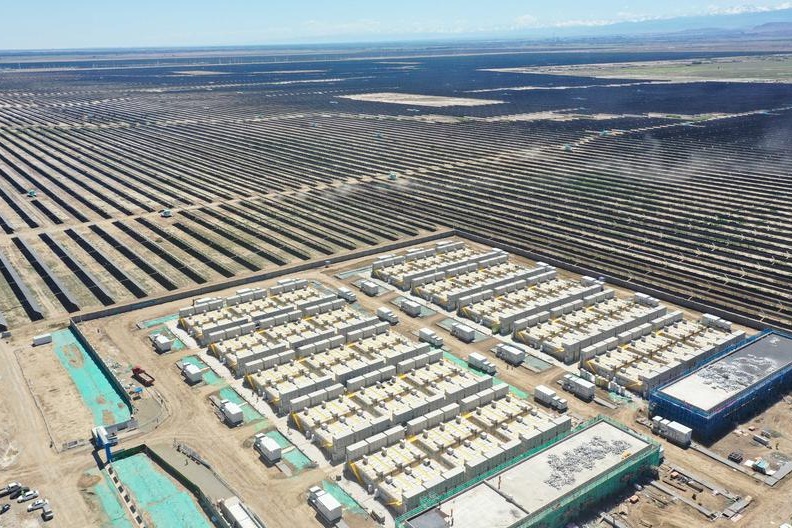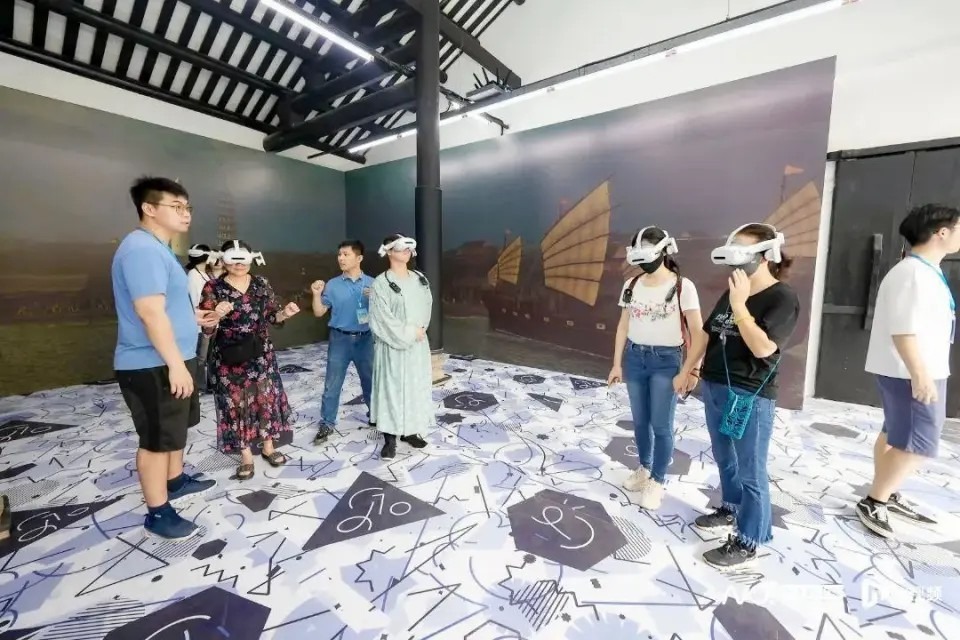Tang Dynasty shipwreck treasures shown in NYC

Artifacts from a shipwreck during the Tang Dynasty (618-906), found in Southeast Asian waters and showcasing early trade in Asia, are on display at the Asia Society, featuring items produced in China that were bound for an empire that included present-day Iran and Iraq.
Seventy-eight artifacts displayed in the exhibition, including ceramics, gold and silver vessels, and bronze mirrors, were found in the thousand-year-old shipwreck discovered in 1998 by Indonesian fishermen off Belitung Island in the Java Sea.
The ship - an Arab-style vessel constructed from planks tied together with rope - originally included roughly 70,000 pieces of ceramic, gold, and silver produced in China.

"The fact that this material comes from the ninth century - with certain pieces of porcelain identified as coming from kilns from different parts of China - means in the ninth century there must have been some sort of ordering system, some sort of collection and distribution system," said Boon Hui Tan, director of the Asia Society Museum, in an interview during the press preview of Secrets of the Sea: A Tang Shipwreck and Early Trade in Asia.
"That means different parts of China were part of this global trade, which is quite amazing," he said.
The artifacts on display include three blue and white plates that feature cobalt blue ink, which was not available in China at the time, and the plates were designed for Western Asian tastes. "That means that even before this there must have been trade where this cobalt was imported into China, fired into ceramics, and then re-exported back into these three plates," said Tan.
Until the discovery of the ship, historians believed that Tang merchants traded primarily through Central Asian land routes, and particularly on the Silk Road.
The discovery of the shipwreck cargo confirms a "significant maritime trade route," the museum said. Works in the exhibition never traveled outside of Asia.
Tan said that ship's discovery "challenges widely held Eurocentric conceptions of globalization, migration, and trade in the [Asian] region", and further supports that civilizations in China and the Islamic world did not develop in isolation and were in fact intertwined with other cultures.
"It's not just about selling things you would produce for yourself - these [objects] were obviously produced for someone else because the style is not a Chinese taste," he said. "A lot of it is for the tastes of West Asia. That means that there must have been some knowledge of how different other people were."
The vast quantity of cargo on the ship before it sank also showed that scale of production during the Tang Dynasty was "already so great", Tan said, "because this is a ship with 60,000 pieces of cargo, and this is only one of many ships."
amyhe@chinadailyusa.com
(China Daily USA 03/07/2017 page2)
Today's Top News
- Xi meets Spanish king in Beijing
- Xi holds welcome ceremony for Spanish king
- Astronauts' return mission proceeds smoothly
- Vocational education helps youth break the cycle of poverty
- GBA goes from bold blueprint to living reality
- Giving a human touch to tech innovation






























